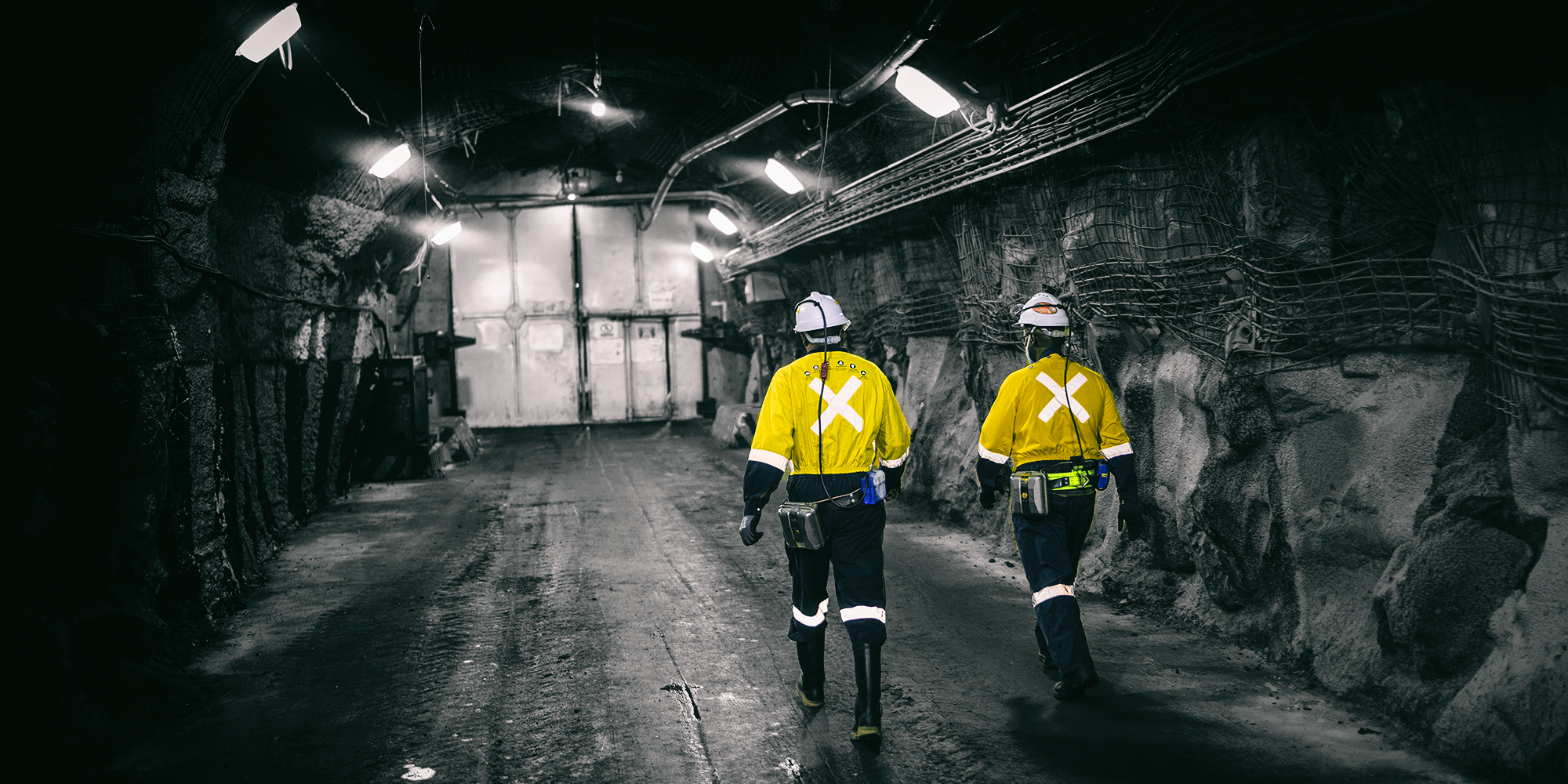South Africa’s long-awaited mining cadastre will go live in June in the Western Cape and then roll out to other provinces, the Junior Mining Indaba in Johannesburg heard on Tuesday.
In a presentation to the indaba, Tseliso Maqubela, a deputy director-general in the Department of Mineral and Petroleum Resources (DMPR), said the department was “on track to deliver a transparent cadastral system”.
June has long been the target date and the choice of the indaba to publicly disclose this update was pointed.
Most junior mining companies are involved in exploration and the lack of a functioning cadastre – an online portal that displays a country’s mineral wealth while allowing companies to seamlessly apply for mining and prospecting rights – has long been seen as a deterrent to investment on this front, leading to massive applications backlogs and suspicions of corruption at regional offices.
Read more: Explainer - a mining cadastre and public transparency
Maqubela told the indaba that the cadastre would first go live in the Western Cape because “it’s a manageable mining jurisdiction. It has the highest number of working mines and it does not have an appreciable applications backlog.”
This makes it ideal for the test drive.
Better known for wine and rooibos, the fact that the Western Cape has the largest number of working mines among South Africa’s provinces will surprise many. But most are small-scale operations such as sand mines.
The deputy director-general also said the useless Samrad system, which has been in use for mining applications, will cease to exist on 1 July for the Western Cape.
 Minister Gwede Mantashe at Mining Indaba held at the Cape Town Convention Centre. (Photo: Jairus Mmutle / GCIS)
Minister Gwede Mantashe at Mining Indaba held at the Cape Town Convention Centre. (Photo: Jairus Mmutle / GCIS)
The new system will then go online in the Eastern Cape and the Free State and then the rest of the provinces, driving nails into the coffin of Samrad, leading up to its final burial that will only be mourned by the corrupt and incompetent in the DMPR.
“There are regions of complexity that we have to deal with,” the mild-mannered Maqubela said – an understatement of note.
Top of that list would be Mpumalanga, which has the biggest logjams as it attracts a suspicious number of applications for mining permits for coal. Mining permits only cover up to five hectares of land and have far fewer regulatory and environmental requirements than mining rights.
The many red flags raised in Mpumalanga have included double applications for the same piece of land and applications for contiguous permits – which would add up to far more than 5ha – to enable a coal-mining operation to get off the ground.
Read more: Mining permits point to shady Mpumalanga scramble for coal
A functional cadastre should snuff out that kind of nonsense and hopefully smoke out any corrupt activities in Mpumalanga’s permitting system.
Maqubela said the cadastre would automatically reject many of the dubious applications that are overwhelming the Mpumalanga office, which receives about 110 applications a month – an eyebrow-raising number.
A brief video of the new cadastre was shown at the indaba and it seems like a straightforward process, starting with the type of application and proceeding from there.
What this means
- After years of senseless delays that have cost South Africa’s mining industry billions of rands in lost investments, this is long overdue and a win for transparency. Better late than never and the proof will be in the pudding – the mining sector will render its judgement ultimately on the cadastre’s effectiveness.
"Looks like it is taking the same approach as Samrad. You don't get to see who has what where and for
how long, you just get to determine what is available for application," Paul Miller, the director of consultancy AmaranthCX, told Daily Maverick.
The PMG consortium was selected last year to provide the cadastre. The main partner in that is Pacific GeoTech Systems which has extensive experience delivering online resource management systems in Canada.
Read more: DMRE finally announces preferred mining cadastre provider and the main partner is first class
The stakes are high. South Africa’s share of global exploration spend has fallen to less than 1% from 5% more than two decades ago, and new mines just don’t sprout out of the ground like mushrooms after rain. It takes decades to build a new mine and exploration comes first.
Hopefully the new cadastre will address this state of affairs.
But the DMPR may undermine this initiative by imposing BEE requirements on prospecting companies that were previously excluded from such regulations. The recently unveiled draft Mineral Resources Development Bill does not exclude exploration companies from BEE.
"We raised this point over and over in our engagements with the department - that the amendments must specifically exclude prospecting companies from empowerment requirements," Mzila Mthenjane, CEO of the Minerals Council, said in a statement.
"Exploration is the highest risk part of the mineral value chain and imposes an unnecessary burden on prospectors who must sink every rand into drilling and data interpretation. Yet in this draft bill, none of that is included."
Mthenjane also raised concerns about the failure of the draft bill to include the inputs made by the Minerals Council.
"The draft bill is not altogether optimal. We did have engagements with the department, but we cannot see where our inputs were taken into consideration," Mthenjane said. DM




 Minister Gwede Mantashe at Mining Indaba held at the Cape Town Convention Centre.(Photo: Jairus MmutleGCIS)
Minister Gwede Mantashe at Mining Indaba held at the Cape Town Convention Centre.(Photo: Jairus MmutleGCIS) 